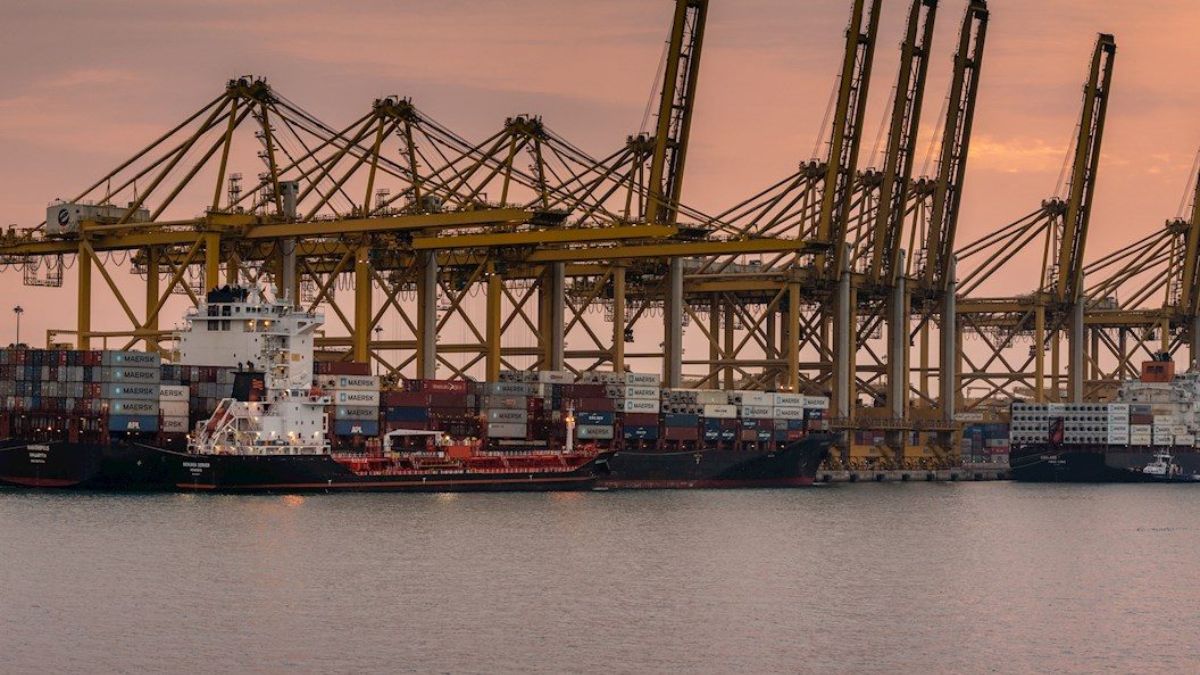 Image Credits : Container
Image Credits : Container
A recent comparative analysis of major global container ports has shed light on their operational efficiency, capacity, and influence in the global logistics network. The study evaluated top container ports across Asia, Europe, and North America, focusing on key performance indicators such as container throughput, turnaround times, and infrastructure capabilities.
The analysis reveals that Asian ports continue to dominate the global rankings in terms of volume and efficiency. Ports like Shanghai, Singapore, and Ningbo-Zhoushan lead the pack, with Shanghai retaining its title as the world’s busiest container port, handling over 47 million TEUs (Twenty-foot Equivalent Units) annually. These ports benefit from advanced infrastructure, strategic geographic locations, and seamless integration with regional supply chains, enabling them to maintain a competitive edge in the global shipping market.
In Europe, ports such as Rotterdam and Antwerp stood out for their innovation and sustainability initiatives. These ports have invested heavily in digitization and green technologies, enhancing their operational efficiency while reducing environmental impacts. Rotterdam, for instance, has implemented automated terminals and smart shipping solutions, positioning itself as a leader in sustainable port management.
North American ports, including Los Angeles and Long Beach, are recognized for their massive cargo handling capacity. However, the study highlights ongoing challenges in terms of congestion, labour shortages, and ageing infrastructure, which have caused disruptions and delays. To address these issues, major investments are being made to modernize facilities and improve overall port performance.
Ports such as Jebel Ali in Dubai and Mundra in India have shown significant growth in recent years, driven by strategic investments and their pivotal roles in connecting Asia, Europe, and Africa. Mundra has rapidly climbed global rankings, handling over 6 million TEUs annually and positioning itself as a key player in the Indian Ocean’s shipping routes.
As the global logistics landscape evolves, ports that can adapt to technological advancements and environmental challenges will maintain their positions as critical nodes in the world economy.
